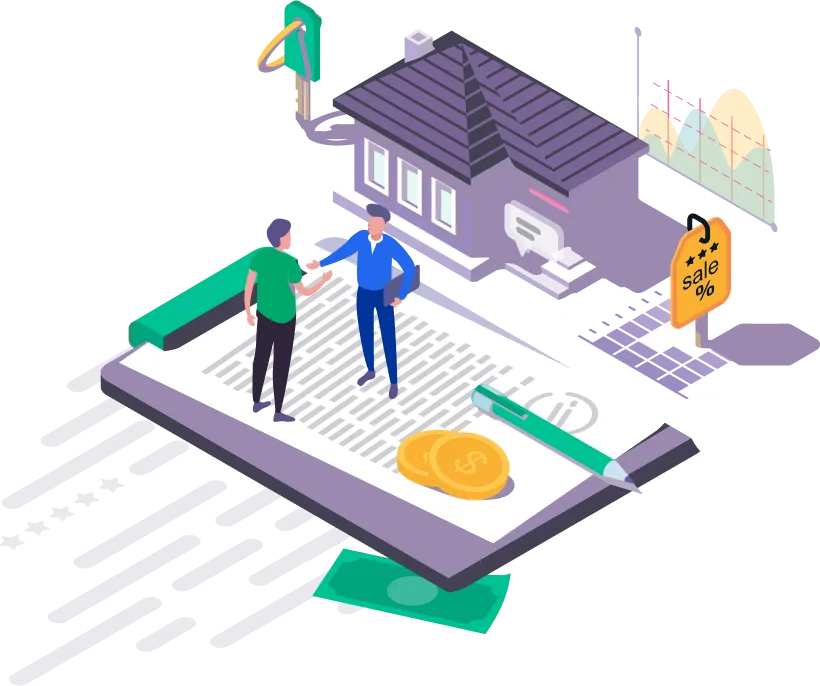There are many reasons homeowners consider home refinancing. Perhaps mortgage rates have fallen since you purchased your home. Maybe you are weighing the pros and cons of consolidating existing higher-interest loans. Maybe your credit score has improved, qualifying you for a lower mortgage rate. Or, perhaps you currently have an adjustable-rate mortgage (ARM) but would prefer a fixed-rate mortgage. Some homeowners want to tap their home’s equity with a ‘cash out’ that can then be used to fund home improvements or other family needs.
The decision to refinance your home is often contingent on multiple variables. At Primegage, our team of mortgage professionals can analyze your specific situation with your goals in mind in order to help you determine what refinancing option is best for you. As an experienced mortgage broker, we work with dozens of lending institutions and have a wide selection of home loan and refinancing programs available. As a result, we can provide you with competitive options and mortgage rates that you may not be able to find elsewhere.
When you refinance, you essentially pay off your existing mortgage with a new one.
When you refinance, you essentially pay off your existing mortgage with a new one.
When you refinance with a cash out mortgage, you basically use the equity that has built up in one of your most valuable financial assets – your home! Your refinanced mortgage will be for an amount that is higher than what you have left to pay on your existing mortgage. The old mortgage is paid off, and the remaining funds are yours to use for your own personal needs.
DTI: Debt-to-income ratio is the percentage calculated by dividing the borrower's monthly debts by their gross monthly income (income before taxes are deducted). For example, for a gross income of $5000 per month and debt payments consisting of mortgage or rent, a car payment, and credit cards of $2000 per month, divide the monthly debt (the $2000) by the gross monthly income (the $5000) to get a DTI of 40%.
This is also called a back-end DTI. It's important to note that debts such as utilities, car insurance, and cable bills are not considered a factor when calculating DTI.
Front-End DTI: The front-end DTI is calculated the same way as the back-end DTI, however the front-end DTI only calculates debt related to the anticipated mortgage payment, which generally includes principal, interest, taxes, and insurance (PITI).Lenders will use both front- and back-end DTIs to determine what a borrower can qualify for and how much of a mortgage the lender can provide based on the resulting percentage.The DTI calculates a borrower's ability to pay their mortgage. The higher the DTI, the higher the risk for the lender. As a result, higher DTIs traditionally carry higher interest rates whereas lower DTIs carry less risk and traditionally lower interest rates.



